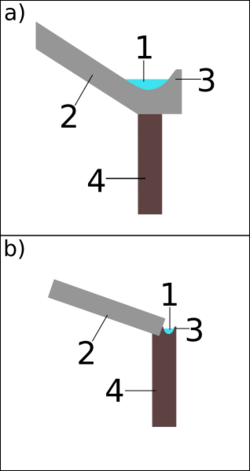Sima (architecture)
Topic: Engineering
 From HandWiki - Reading time: 2 min
From HandWiki - Reading time: 2 min
In classical architecture, a sima is the upturned edge of a roof which acts as a gutter. The term "sima" comes from the Greek simos, meaning bent upwards.
Form
The sima runs around all four sides of a building. It may be made of terracotta or stone. There are two basic types of sima: the raking sima, and the lateral sima. The raking sima is continuous and generally follows the slope of the roof. The lateral sima runs along the horizontal edges and is broken by downspouts to let out rainwater.[1]
Decoration
Simas are normally decorated. Stone simas have continuous narratives, especially on the raking sides where they are not interrupted by spouts, similar to a frieze. Terracotta simas have repeating patterns that are easy to reproduce with molds. In particular, raking simas were often decorated with floral motifs or other patterns.
Early simas feature tubular or half-cylindrical spouts, but by the middle of the 6th century BC these were mostly replaced with spouts in the shape of animal heads. Lion's heads were common, but ram and dog heads also existed. These animal heads may have served as religious symbolism, or as puns on the structure's geographic location.[2]
References
- ↑ "Sima". http://www.perseus.tufts.edu/hopper/text?doc=Perseus:text:1999.04.0004:entry=sima.
- ↑ Ridgway, Brunilde (31 August 1999). Prayers in Stone: Greek Architectural Sculpture (c. 600-100 B.C.E.). University of California Press. ISBN 0520215567. https://books.google.com/books?id=keMlDQAAQBAJ. Retrieved 23 September 2022.
External links
 |
 KSF
KSF

